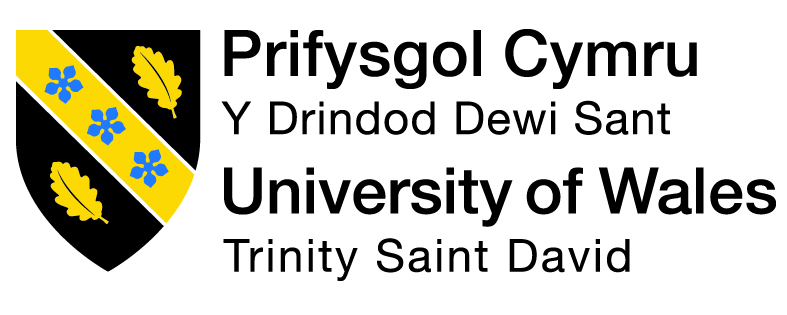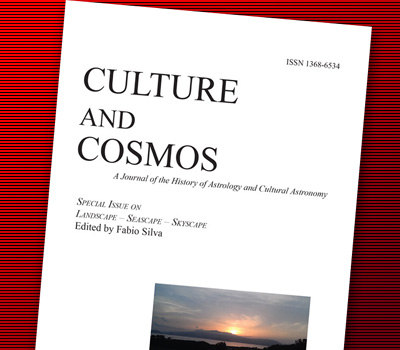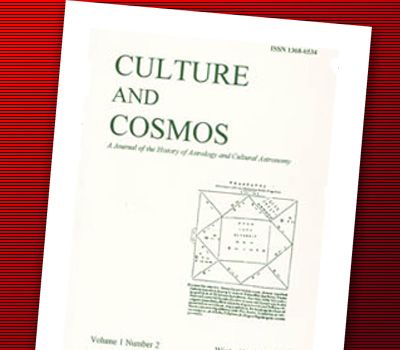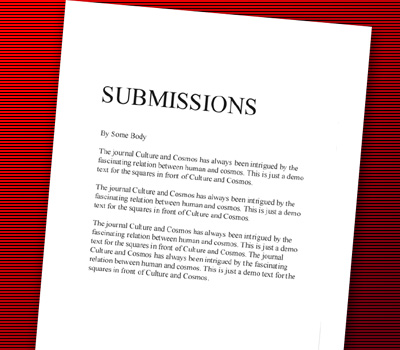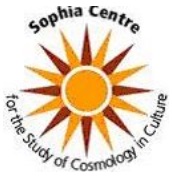We are currently seeking submissions for future volumes of Culture and Cosmos.
Volume 19
Astral Ascent in the Occult Revival
Joscelyn Godwin
Abstract
The occult revival of the later nineteenth century inherited Neoplatonic and Hermetic ideas of astral ascent and commerce with the planetary spirits, but felt obliged to square these with contemporary discoveries in astronomy. In the 1850s, Andrew Jackson Davis adapted Swedenborgian ideas into a semi-scientific cosmology that served as the norm for spiritualists. In the 1870s, occultism separated from spiritualism and made its own pact with science, with results visible in the works of Emma Hardinge Britten, H. P. Blavatsky, and the Hermetic Brotherhood of Luxor. Outside these well-known movements, Cyrus Teed, known as Koresh, taught that the earth is a concave sphere with the heavenly bodies at the center. His system revived the themes of astral immortality through ascesis and an alchemical relation of humans to a closed cosmos. It was the basis for one of America's more successful utopian communities, which outlasted Teed for more than 50 years.
Citation: Joscelyn Godwin, 'Astral Ascent in the Occult Revival', Celestial Magic, special issue of Culture and Cosmos, Vol. 19, nos. 1 and 2, 2015, pp. 189-206.

